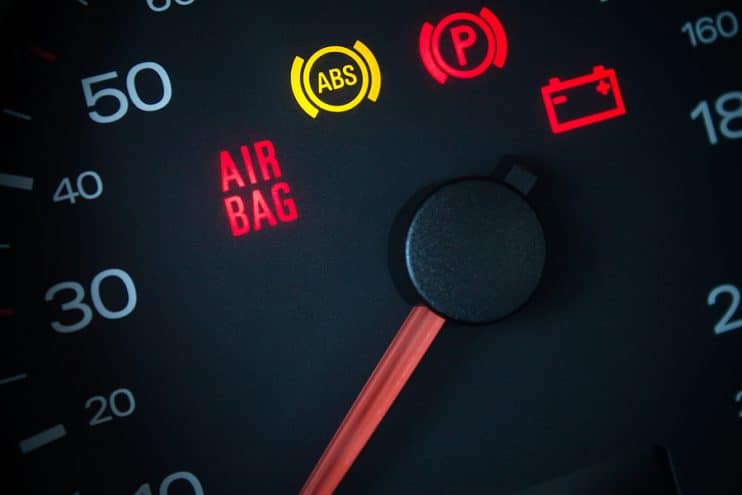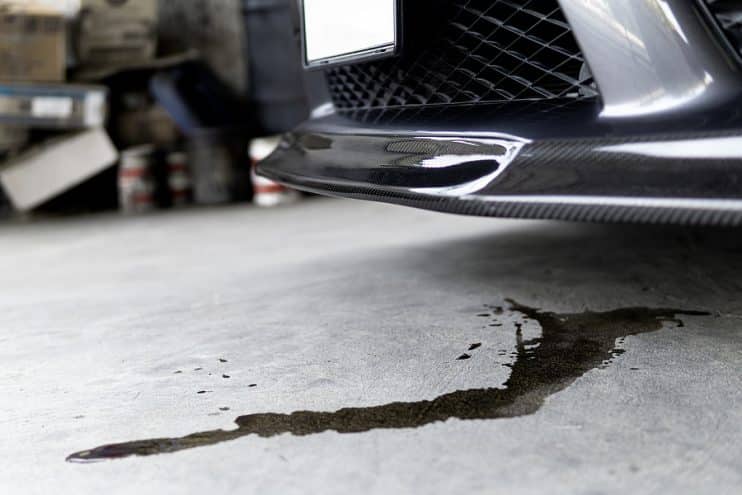
Unless you drive an automatic vehicle, you’ll know exactly how it should feel when you put your foot on the clutch pedal to shift gears. You’ll know if it doesn’t feel right, from a lack of pressure to grinding or even unusual engine noises.
Continue reading









.png)